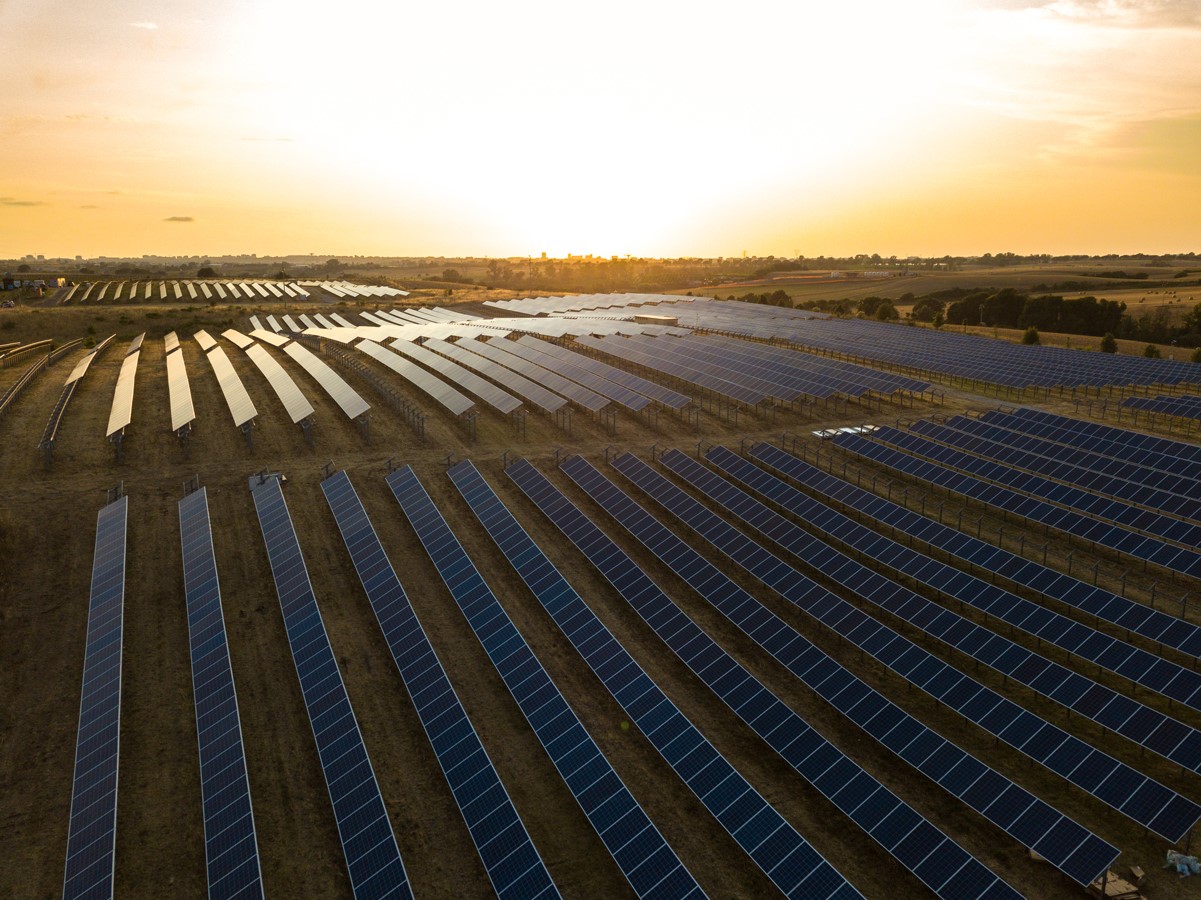German investment holding firm KGAL Group announced it secured approvals for three solar projects with a combined capacity of 380 MW in Italy. “The Italian government is pushing the expansion of renewable energies with legislative initiatives,” the company said in a statement, referring to more favorable permitting processes recently implemented by the Italian government.
Two of the approved projects, with capacities of 150 MW and 90 MW and are located in the municipalities of Tuscania and Vitorchiano, respectively, in the historic Tuscia region, in Latium's province of Viterbo. It is interesting to note that these projects may have been among those whose approval was scrapped by the Italian government in June 2020, at the request of the Ministry of Cultural Heritage and Activities. “The location of the two plants between the north of Italy and Rome is strategically advantageous, as these regions have higher electricity prices,” KGAL said.
The Tuscia area is known for having abundant grid-connection capacity due to the presence of Italy's only nuclear power plant, now decommissioned. It also hosts some of Italy’s largest PV plants, including an 84 MW solar facility, completed in 2010, and the country’s first grid-parity utility-scale solar projects – built by UK-based Octopus Investments in 2017.
The third project for which KGAL secured a permit is described as a 140 MW agrivoltaic solar facility, which is planned to be constructed in Pietra Monreale, in the province of Palermo, Sicily, which will host olive trees and vegetable crop growth. “The three plants are expected to begin commercial operations in the first quarter of 2024,” the investment firm stated, adding that construction was expected to start soon.
The Italian government said this week that it expected around 3.3 GW of new solar power to be deployed in the country this year. This impressive growth should be triggered by the above-mentioned more favorable authorization processes.
*The headline of the article was amended to reflect that the combined capacity of the three projects is 380 MW.
This content is protected by copyright and may not be reused. If you want to cooperate with us and would like to reuse some of our content, please contact: editors@pv-magazine.com.




1 comment
By submitting this form you agree to pv magazine using your data for the purposes of publishing your comment.
Your personal data will only be disclosed or otherwise transmitted to third parties for the purposes of spam filtering or if this is necessary for technical maintenance of the website. Any other transfer to third parties will not take place unless this is justified on the basis of applicable data protection regulations or if pv magazine is legally obliged to do so.
You may revoke this consent at any time with effect for the future, in which case your personal data will be deleted immediately. Otherwise, your data will be deleted if pv magazine has processed your request or the purpose of data storage is fulfilled.
Further information on data privacy can be found in our Data Protection Policy.